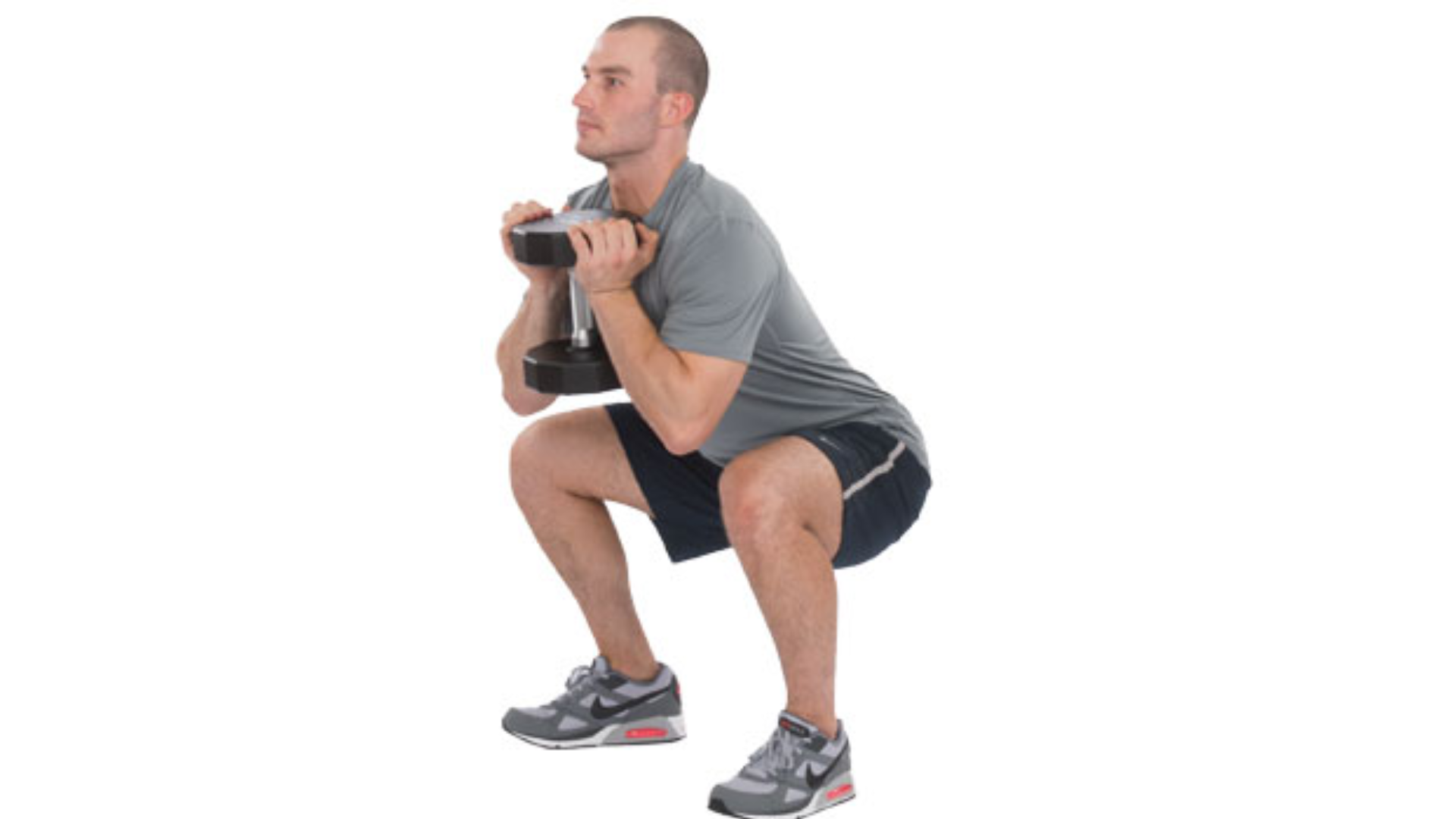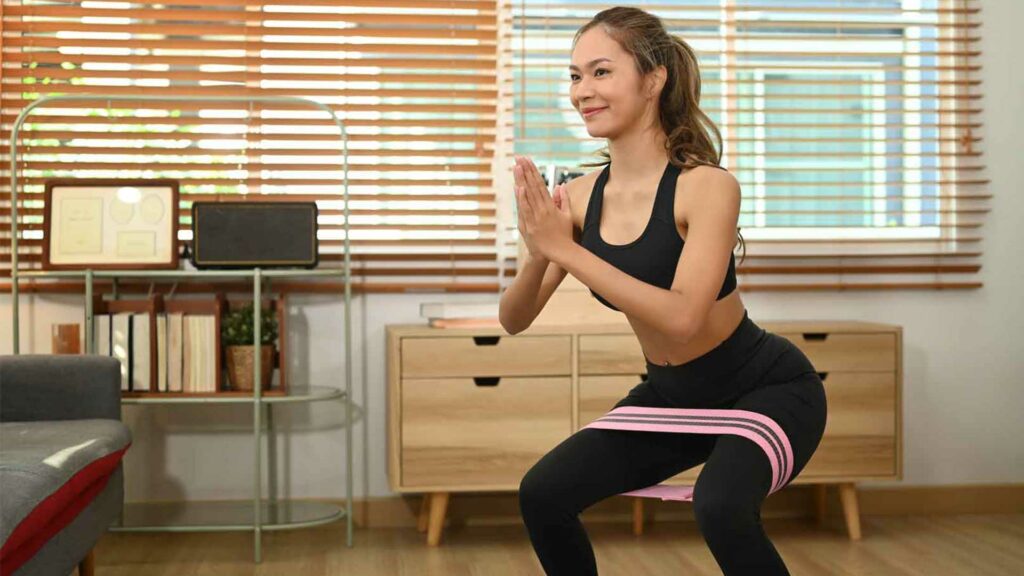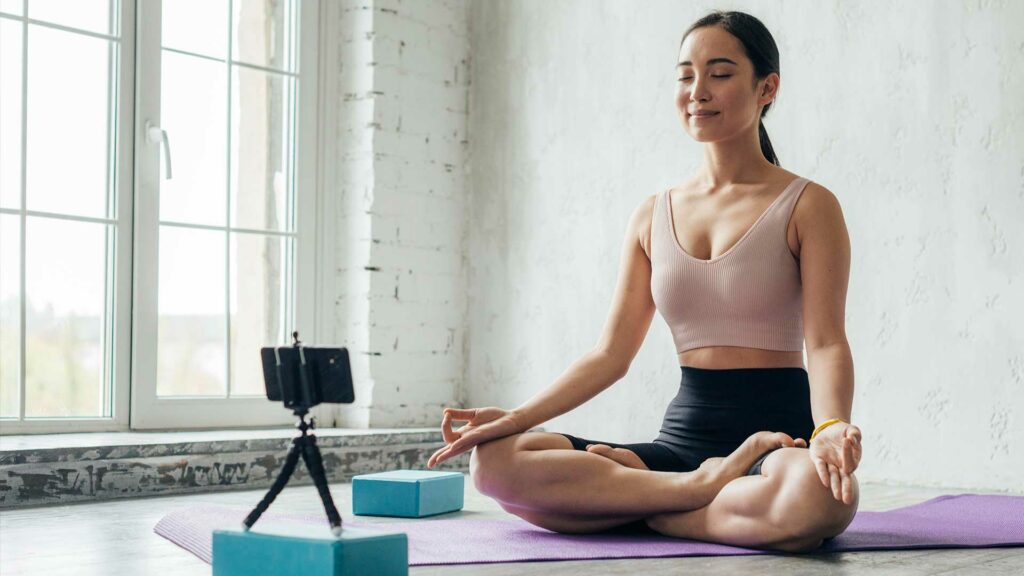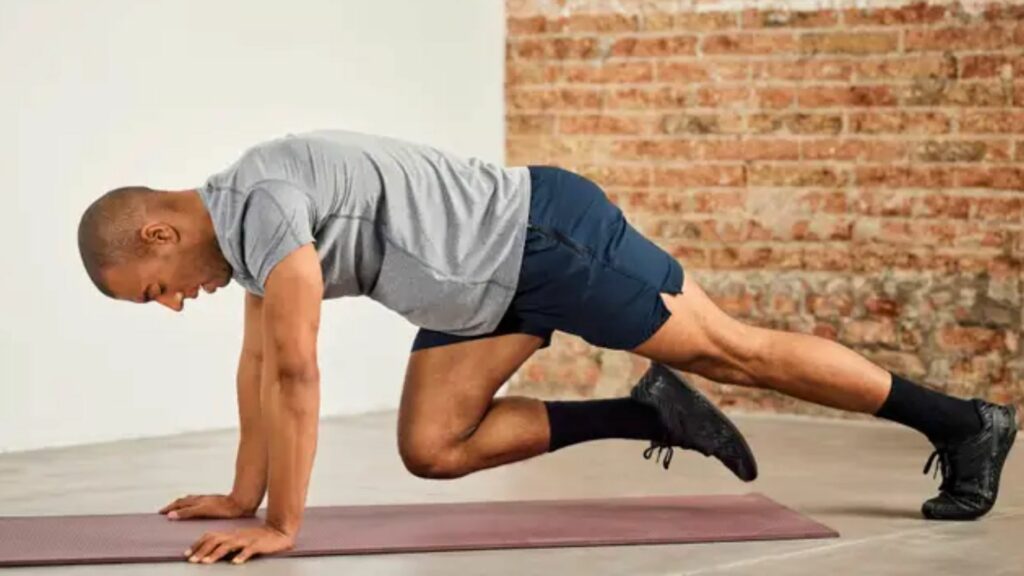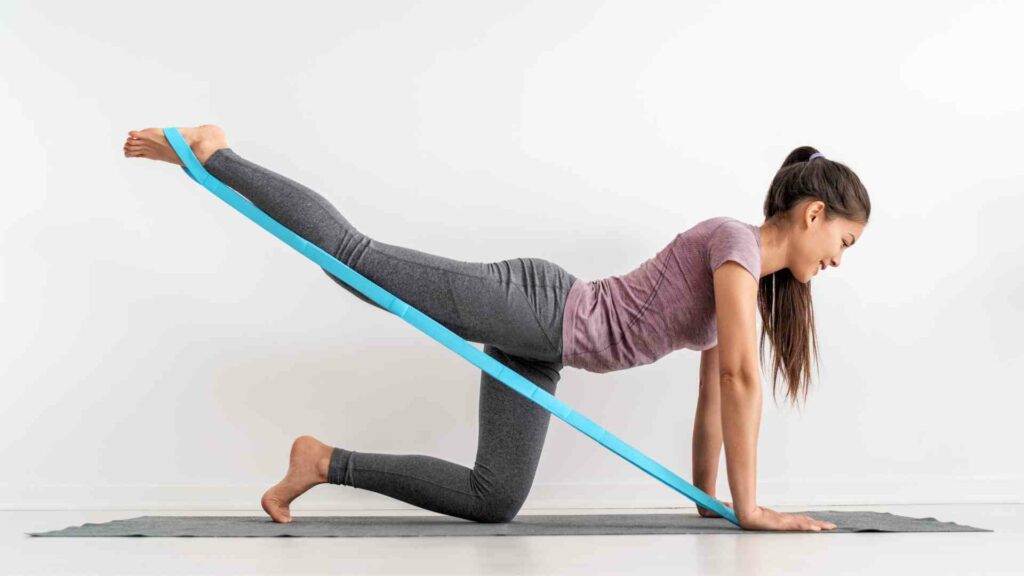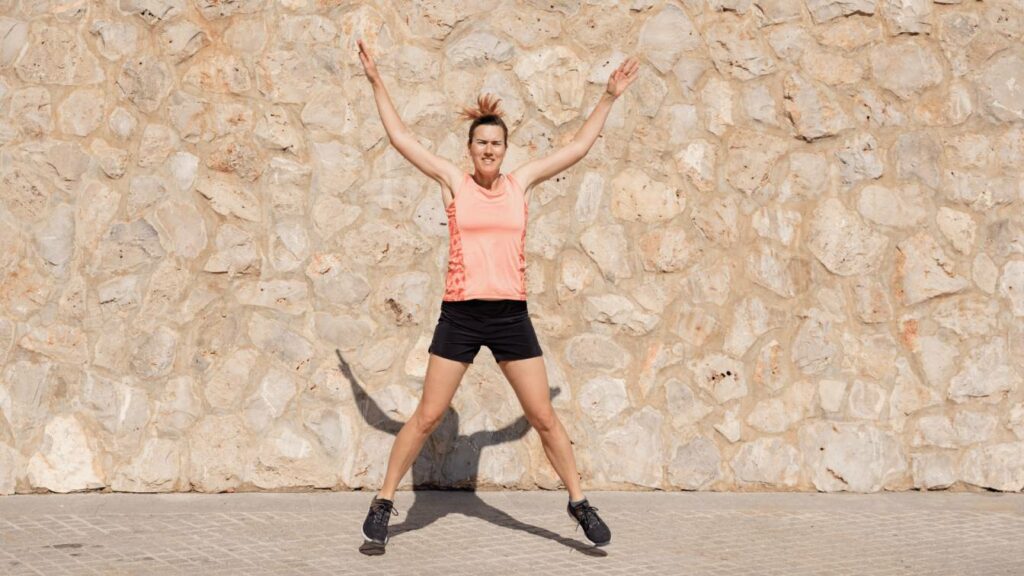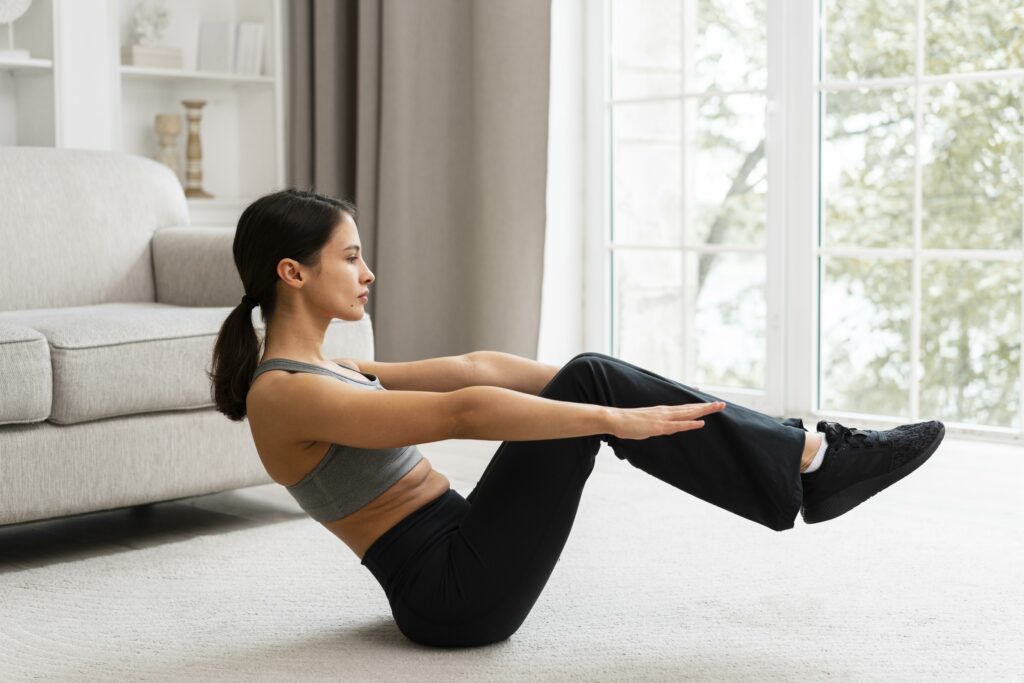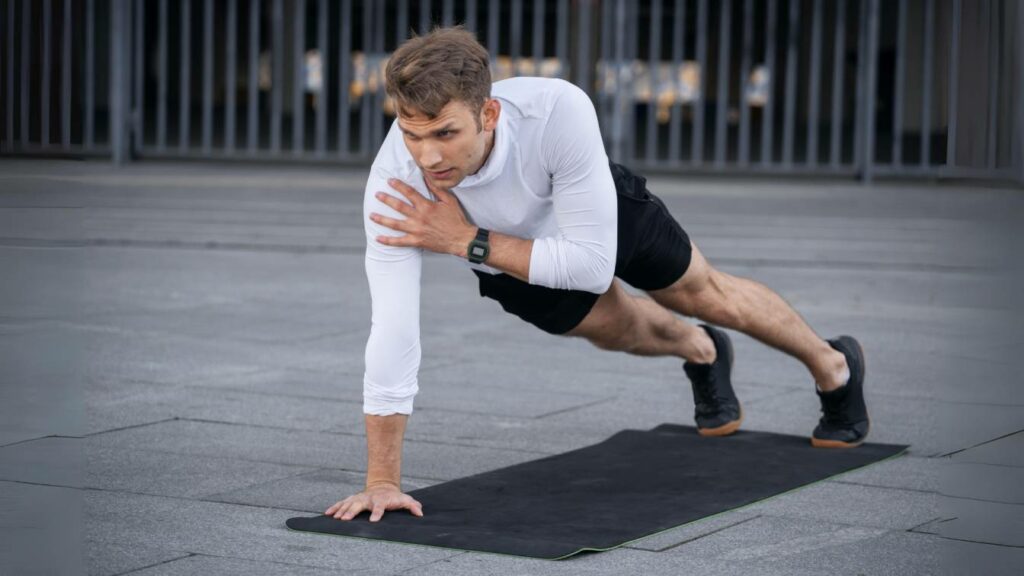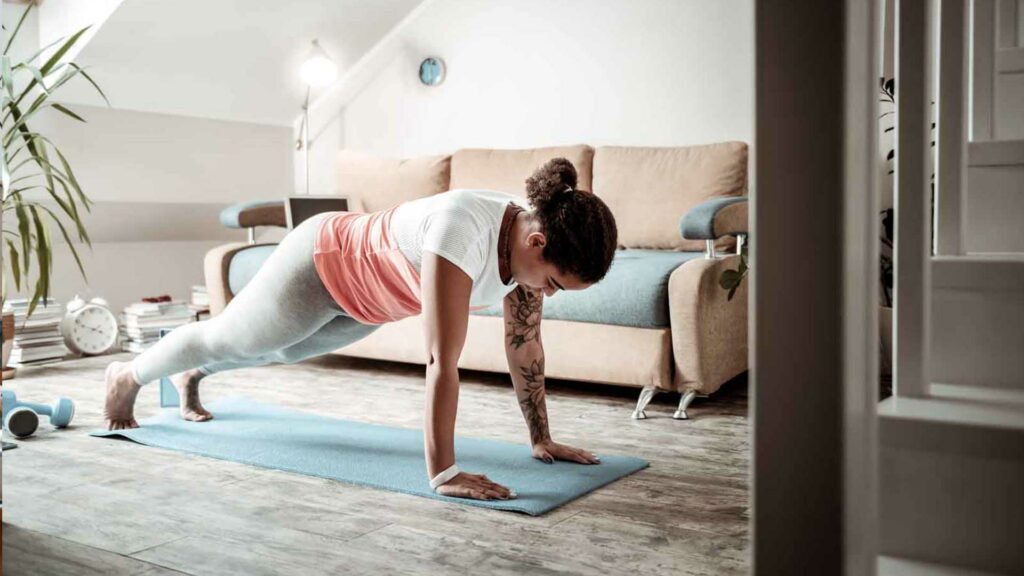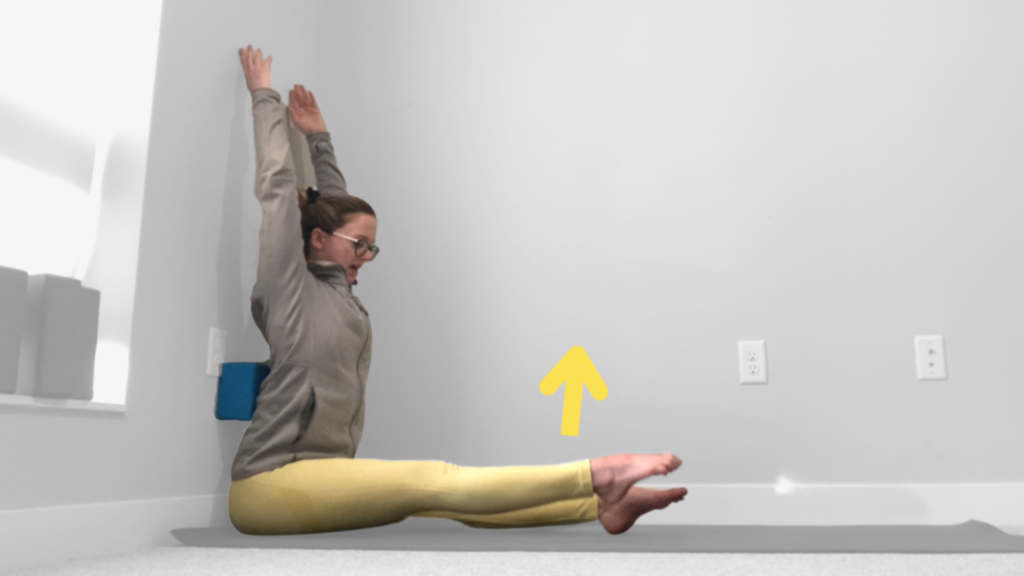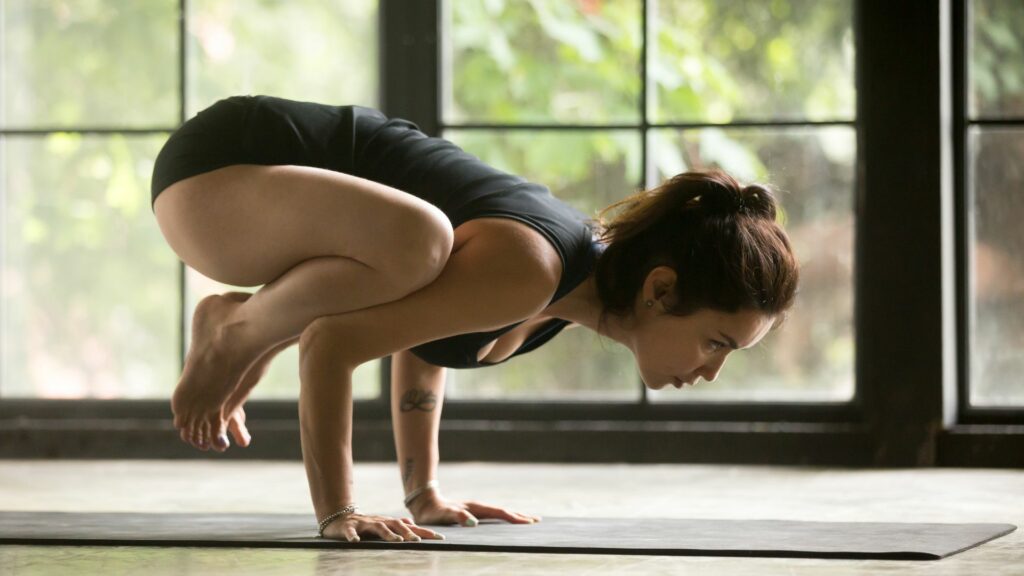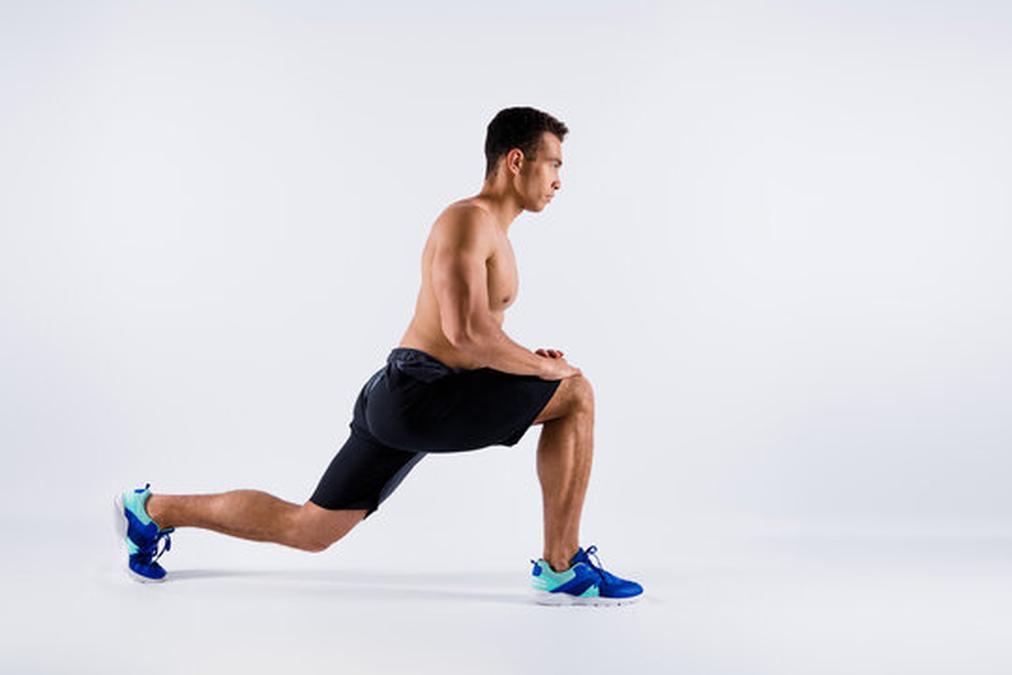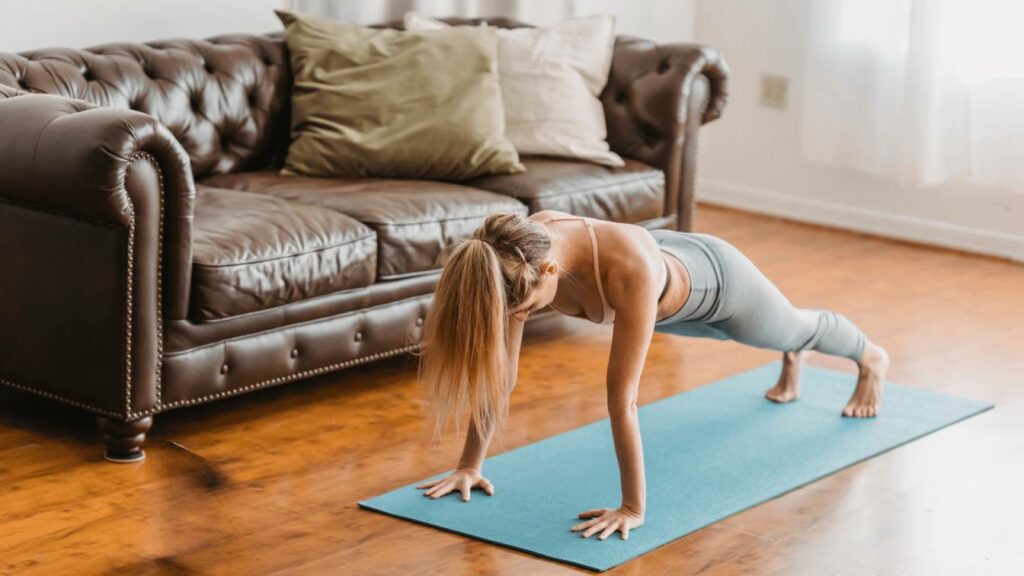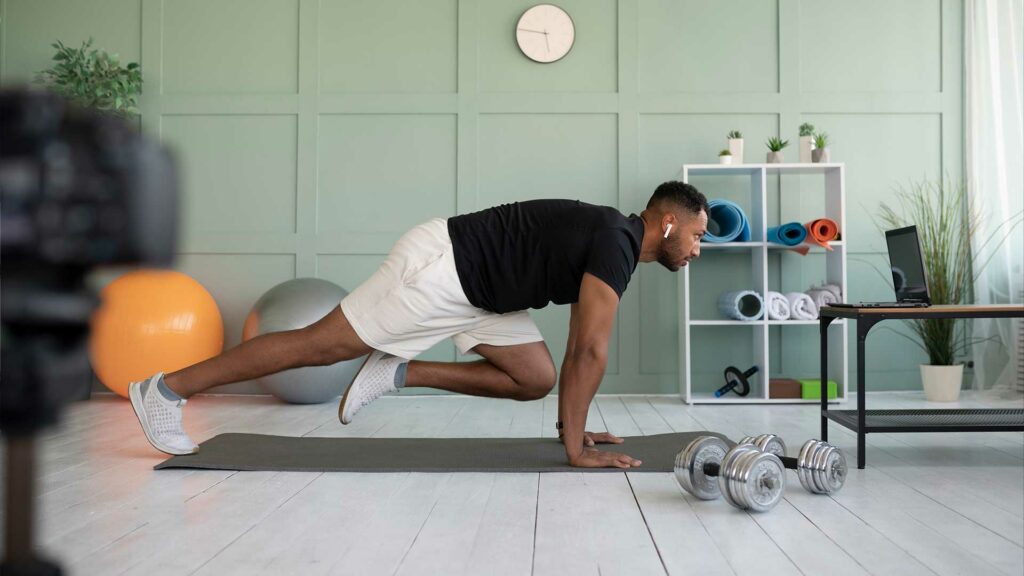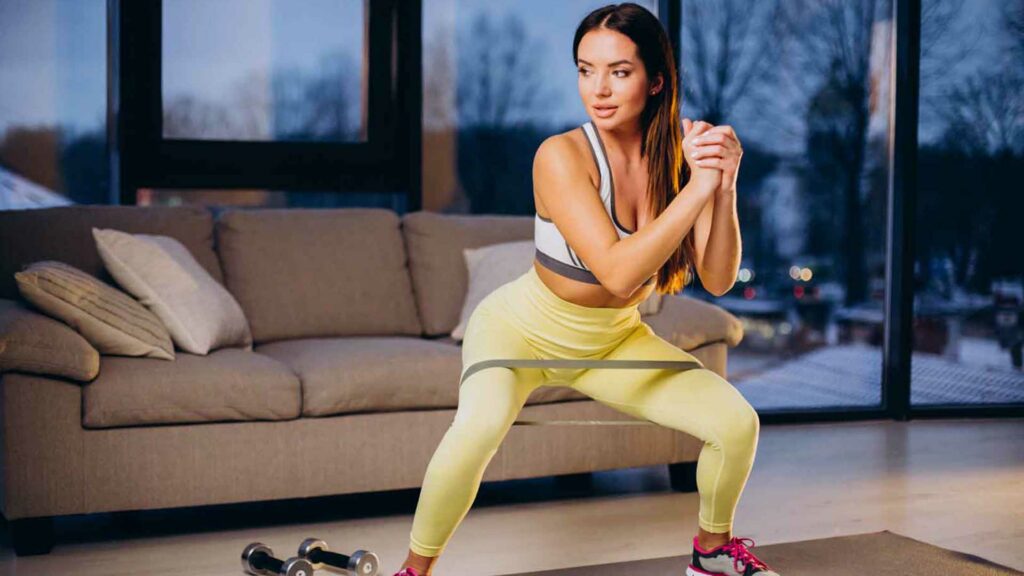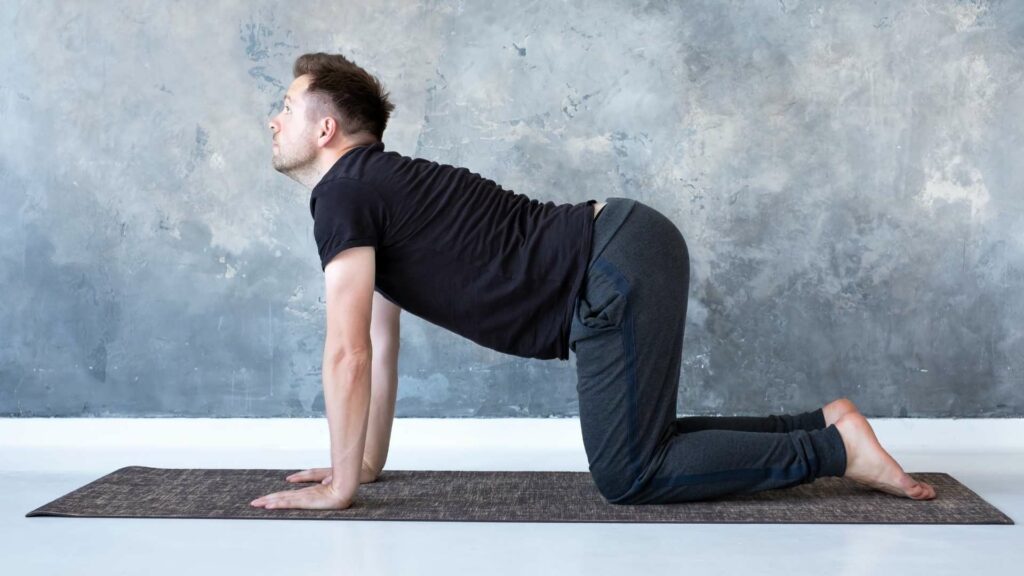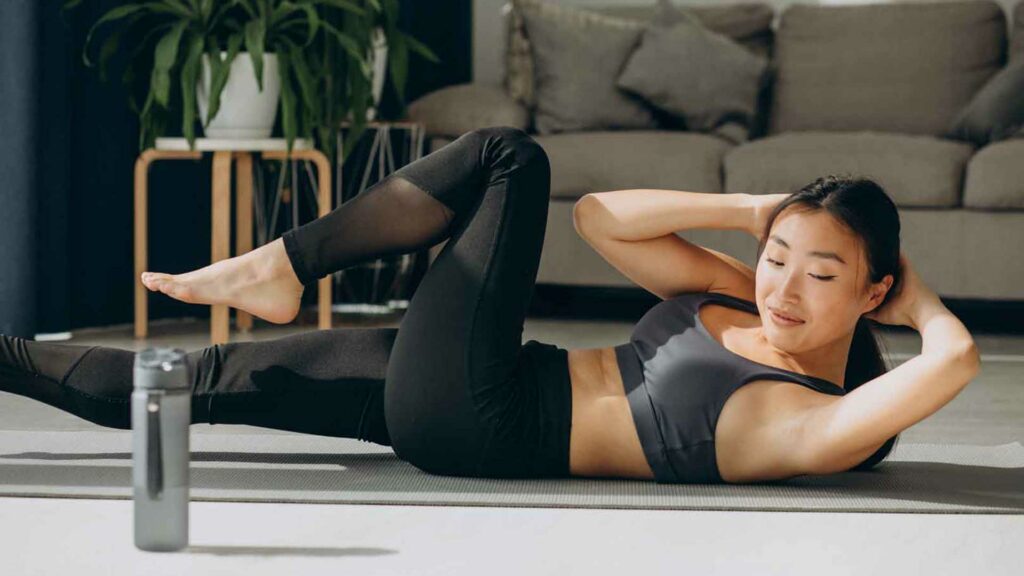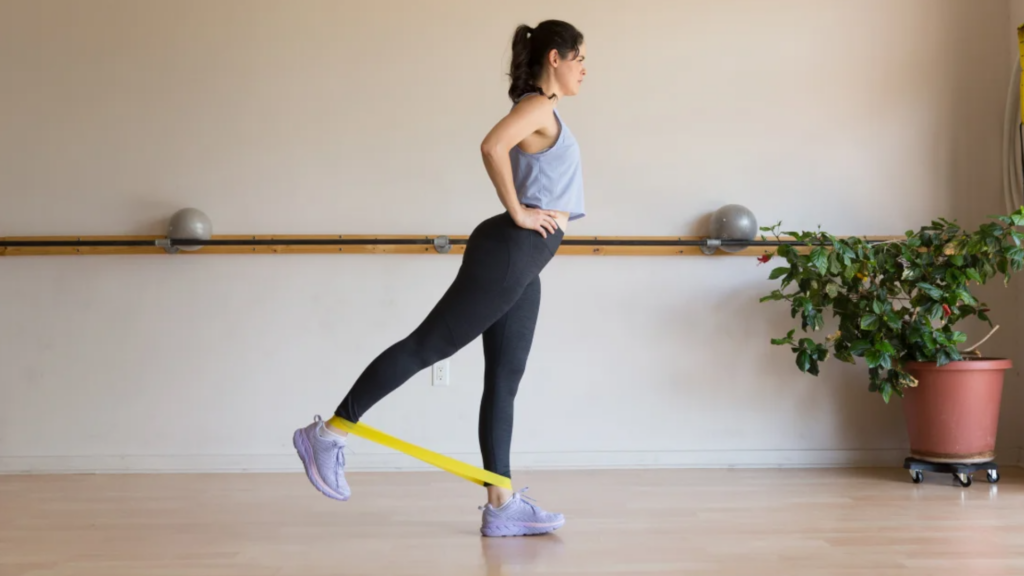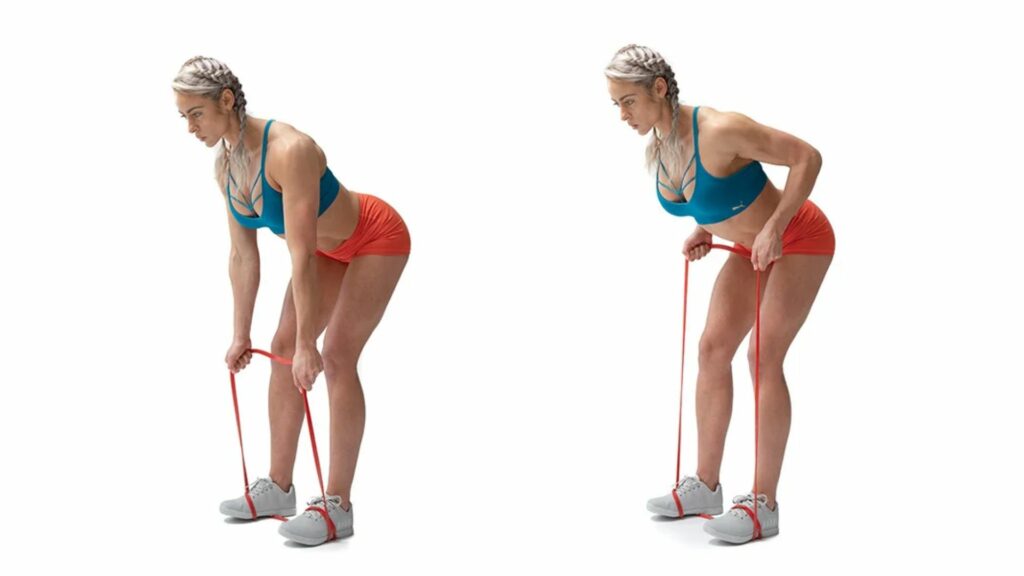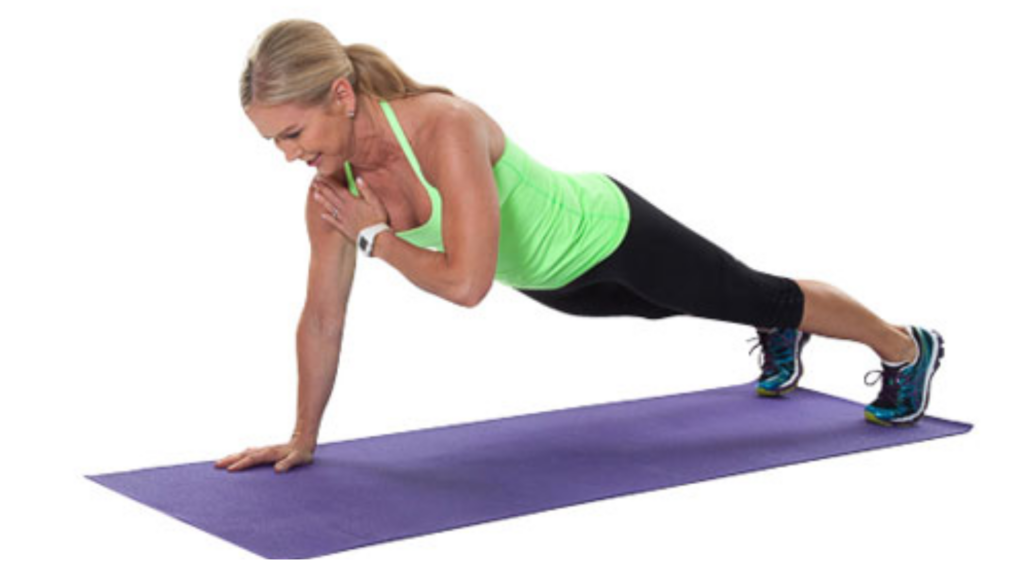Image Source: Get Healthy
Are you looking to improve your lower body strength, explosive power, balance, coordination, and flexibility? The drop squat exercise is a bodyweight exercise that targets the glutes and quadriceps, leading to increased calorie burn. In this comprehensive guide, we’ll cover everything you need to know about drop squats, including how to perform them, common mistakes to avoid, variations, benefits, precautions, and tips to perform them safely and effectively.
Master the Drop Squat Exercise
A guide to performing drop-squats and their benefits, including variations, precautions, and workout plans. – Drop squats can improve lower body strength, increase calorie burn, and improve explosive power, balance, coordination, and flexibility. – Variations include adding weights, changing tempo, increasing speed, and jumping at the end. – Drop squats can be incorporated into a workout routine as a standalone exercise, part of a circuit, or added to a HIIT workout.
Merlin App for Drop Squat
The Merlin App enhances the Drop-Squat exercise experience by providing valuable real-time feedback and guidance. As you perform Drop Squats, the app’s AI analyzes your form and technique, offering immediate corrections to ensure you’re executing the exercise correctly and safely.
This feedback helps prevent potential injuries and ensures that you’re getting the most out of your workout. Additionally, the app can customize Drop-Squat variations and repetitions based on your fitness level and goals, optimizing the exercise for your specific needs.
With voice feedback and progress tracking, the Merlin App motivates and tracks your improvement, making the Drop-Squat and your overall fitness journey more effective and rewarding.
How to Perform a Drop Squat
Let’s start with a step-by-step guide on how to perform a drop-squat.
- 1. Stand tall with your feet together.
- 2. Drop down quickly into the bottom position of a squat, keeping your chest up and your back straight.
- 3. Once you reach the bottom of the squat, explode up and jump as high as you can.
- 4. Softly land on the balls of your feet and immediately drop back down into the squat position.
- 5. Repeat for the desired number of reps.
When performing drop-squats, it’s crucial to maintain good form. Keep your knees in line with your toes, and make sure your knees don’t cave inwards. Also, ensure that your chest is up and your back is straight throughout the movement.
Common Mistakes to Avoid While Performing the Drop Squat
One common mistake made while performing drop squats is letting your knees cave inwards. This can put unnecessary stress on your knee joints and increase the risk of injury. To avoid this, focus on keeping your knees in line with your toes throughout the movement.
Another mistake is not jumping high enough. Remember, drop-squats are an explosive exercise, so make sure you’re jumping as high as you can with each rep.
Tips to Perform a Drop Squat Safely and Effectively
To get the most out of your drop-squat exercise, here are some tips to keep in mind:
- 1. Start with a low box or bench to jump off of and gradually increase the height as you get stronger and more comfortable with the exercise.
- 2. Land softly on the balls of your feet to reduce the impact on your joints.
- 3. Keep your core engaged throughout the exercise to maintain good form and stability.
- 4. Use your arms to help generate power and momentum during the jump.
Muscles Targeted
Drop-squats target the glutes and quadriceps, which are important for lower body strength and explosiveness. These muscles work together to help you jump higher and move faster. By strengthening these muscles, you can improve your overall athletic performance and reduce your risk of injury.
Variations of Drop Squats
The drop-squat exercise can be easily modified to increase or decrease the intensity of the exercise. Here are some variations to consider:
1. Adding Weights
To increase the intensity of the exercise, hold a dumbbell or kettlebell in each hand while performing drop-squats. This will add resistance and challenge your muscles further.
2. Changing Tempo
You can change the tempo of the exercise to make it more challenging. For instance, you could perform the drop-squat exercise at a slower pace, focusing on the eccentric training phase of the movement.
3. Increasing Speed
On the other hand, you can increase the speed of the exercise to make it more explosive. Try to jump as high as you can with each rep and land softly on the balls of your feet.
4. Jumping at the End
Another variation is to add a jump at the end of the movement. After jumping up from the bottom of the squat position, jump again as high as you can before landing softly on the balls of your feet.
Benefits of a Drop Squat
A good drop-squat offers a range of benefits, including:
1. Improve Lower Body Strength
Drop-squats are an effective way to build lower body strength, particularly in the glutes and quadriceps. By adding resistance to the movement, you can further increase the intensity and challenge your muscles even more.
2. Increase Calorie Burn
Drop squats are a high-intensity exercise that can help you burn more calories than traditional strength training exercises. This makes them a great addition to any weight loss or fat loss program.
3. Improve Explosive Power
The explosive nature of the drop-squat exercise makes it a great way to improve explosive power. This can be particularly beneficial for athletes who need to generate power quickly, such as sprinters and jumpers.
4. Improve Balance, Coordination, and Flexibility
Drop squats can help improve your balance, coordination, and flexibility. By requiring you to jump and land softly, drop-squats can help you develop better body control and awareness.
Precautions and Tips for Drop Squats
While drop-squats can be a great exercise, it’s important to approach them with caution and take steps to prevent injury. Here are some precautions and tips to keep in mind:
1. Warming Up Before Performing Drop Squats
Before you start performing drop-squats, make sure to warm up properly. This can help reduce your risk of injury and improve your performance. A good warm-up routine might include some light cardio, dynamic stretching, and mobility exercises.
2. Maintaining Good Form While Performing the Exercise
To get the most out of your drop-squat exercise and prevent injury, it’s important to maintain good form throughout the movement. Focus on keeping your knees in line with your toes, and make sure your chest is up and your back is straight.
3. Gradually Increasing Intensity and Volume Over Time
Like any exercise, it’s important to gradually increase the intensity and volume of your drop-squat workouts over time. This can help prevent injury and ensure that you continue to make progress.
Drop Squats vs Traditional Squats
While drop-squats and traditional squats are both great exercises for building lower body strength, they offer slightly different benefits. Traditional squats are a more controlled exercise that primarily target the glutes, quadriceps, and hamstrings. Drop squats, on the other hand, are a more explosive exercise that can help improve your explosive power and athleticism.
Incorporating Drop Squats into a Workout Routine
Drop-squats can be incorporated into a variety of different workout routines, depending on your fitness goals and preferences. Here are a few ideas to get you started:
1. Standalone Exercise
You can perform drop-squats as a standalone exercise, doing multiple sets of 10-15 reps with a rest period in between.
2. Part of a Circuit
You can also include drop-squats as part of a circuit workout, alternating between drop-squats and other exercises to keep your heart rate up and your muscles challenged.
3. Added to a HIIT Workout
Drop squats can also be added to a high-intensity interval training (HIIT) workout, where you perform short bursts of intense exercise followed by a short rest period.
Frequently Asked Questions About Drop Squats
How Often to Perform Them?
This will depend on your fitness goals and current fitness level. As a general rule, it’s a good idea to perform drop squats 1-2 times per week, gradually increasing the intensity and volume over time.
Can They Be Done at Home Without Equipment?
Yes, drop squats can be done at home without any equipment. All you need is enough space to jump and land safely.
How to Modify for Beginners or Those with Injuries?
If you’re new to the drop squat exercise or have an injury, there are modifications you can make to still get the benefits of the exercise. For example, you can perform the exercise without jumping, or you can use a lower box or bench to jump off of.
Other Exercises That Can Complement Drop Squats
While drop squats are a great exercise, they’re not the only exercise you should be doing to build lower body strength and explosiveness. Here are some other exercises that can complement drop squats:
- 1. Jump squats
- 2. Burpees
- 3. Plyometric lunges
- 4. Traditional strength training exercises
Conclusion
Drop squats are a powerful exercise that can help improve your lower body strength, explosive power, balance, coordination, and flexibility. By following the tips and guidelines outlined in this comprehensive guide, you can safely and effectively incorporate drop squats into your workout routine and start seeing the benefits for yourself. Remember to use Merlin for personalized feedback and guidance during exercise.

